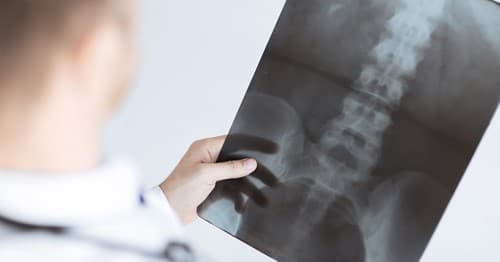Osteoporosis results in reduced quality and density of bone. The bone becomes more fragile and porous, which increases the risk of bone fracture. The condition is common among the older population and more common in women than in men.
Osteoporosis and periodontal disease

Risk factors for osteoporosis are age, gender (osteoporosis is most prevalent in postmenopausal women), thin people, ethnicity (white and Asian women at higher risk), genetics, physical inactivity, alcohol consumption, smoking and insufficient intake of calcium and vitamin D.
Research suggests an association between periodontal disease and osteoporosis, especially in postmenopausal women.
Periodontal disease and osteoporosis have some shared risk factors such as age, smoking, genetics, hormone changes, calcium and vit D deficiency, but the underlying mechanism is not known. Some hormones, especially oestrogen, have an impact on bone homeostasis and hormones also seem to play a part in the inflammatory process.
Studies indicate a positive association between osteoporosis and periodontal disease. Periodontal treatment and good oral hygiene are a benefit for all patients since it reduces the preventable burden of the systemic inflammation associated with periodontal disease.
Goyal et al.2017, Wang and McCauley 2016